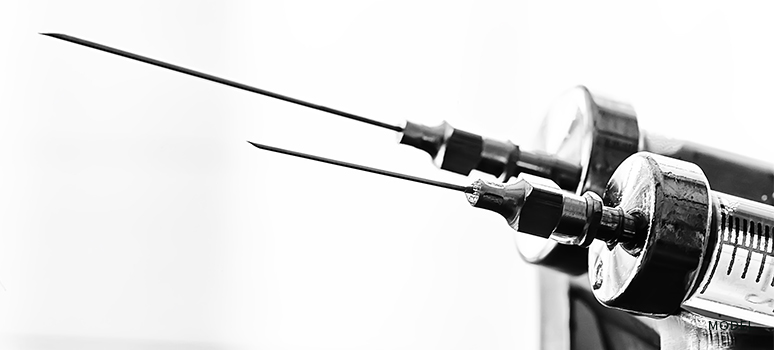
Reducing Swelling After Facelift Surgery with Face Lift Wraps
Facelift surgery is a highly effective cosmetic procedure designed to rejuvenate the face and neck by lifting and tightening the skin. The treatment helps to restore a more youthful and refreshed appearance to the patient, which can boost their confidence and self-esteem. Although it is a popular and effective procedure, it often results in swelling and bruising. Swelling is a natural part of the healing process but can be uncomfortable and unsightly. Fortunately, there are several effective methods to reduce swelling following facelift surgery, and the use of facelift wraps is one of them.
Causes of Swelling after Facelift
There are several reasons why swelling occurs after facelift surgery. The most common causes include surgical trauma, accumulation of fluids, blood clotting, inflammation, and the body’s natural healing process. These factors can cause discomfort, bruising, and prolonged recovery time.
How Face Lift Wraps Help Reduce Swelling
Facelift wraps are designed to provide compression and support to the affected area. This helps to improve blood circulation, reduce inflammation, and enhance lymphatic drainage. By doing so, facelift wraps can prevent fluid accumulation and reduce swelling.
Types of Face Lift Wraps
There are different types of face lift wraps that can be used depending on the stage of recovery and the patient’s individual needs. Here are some of the most common types of face lift wraps:
- Pressure garments
Designed to provide continuous compression to the affected area. They are usually made of a stretchy, elastic fabric that fits snugly around the face and neck. Pressure garments can be worn for several hours a day, as recommended by the plastic surgeon.
- Cold compresses
These are effective for reducing swelling immediately after surgery. They are usually made of gel packs or ice packs that are wrapped in a towel or cloth and applied to the affected area. Cold compresses can be used for 15-20 minutes at a time, several times a day, as needed. - Heat compresses
This can be used after the first 24-48 hours to promote healing. They are usually made of warm towels or moist heat pads that are wrapped around the face and neck. Heat compresses can be used for 15-20 minutes at a time, several times a day, as needed. - Combination compresses
This is a combine both cold and heat therapy for maximum effect. They are usually made of a gel pack that can be heated or cooled as needed. Combination compresses can be used for 15-20 minutes at a time, several times a day, as needed.
How to Use Face Lift Wraps for Swelling Reduction
It is important to follow the proper usage of facelift wraps to ensure their effectiveness. Before using facelift wraps, it is important to take precautions such as avoiding hot showers and steam rooms. The proper way of applying the wraps should be followed, and they should be used for the recommended duration and frequency.
Other Tips for Reducing Swelling After a Facelift
In addition to using facelift wraps, here are other tips that can help reduce swelling after facelift surgery.
- Elevate the head while sleeping; this can help prevent fluid accumulation.
- Drink plenty of fluids to help flush out toxins and reduce inflammation.
- Avoid salty and spicy foods.
- Take the prescribed medication.
Conclusion
Reducing swelling is a vital aspect of a comfortable and swift recovery following facelift surgery. Facelift wraps can be an effective solution for reducing swelling and promoting healing. If you are located in Houston, TX, you may consider purchasing face lift wraps from Liposales to aid in your post-operative care. It is crucial to follow the proper usage guidelines provided by your surgeon or the manufacturer for effective results. By incorporating face lift wraps into your post-operative care plan, along with other recommended techniques, you can help ensure a smooth and comfortable recovery from facelift surgery.





